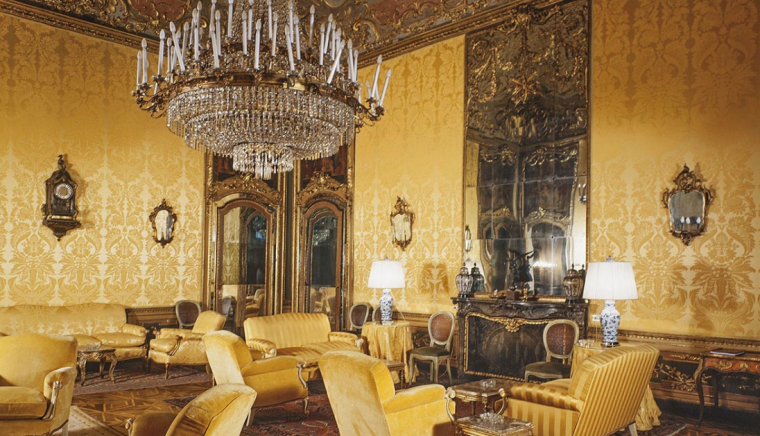The exclusive elite ‘Gentlemen’ clubs of Italy were known for their culinary elegance and glamour. Similarly, India’s culinary spread is truly remarkable and we would be enriched with elite patronage and assimilating these items as part of the urbane haute cuisine.
TRADITION and SIMPLICITY: LINKING TO SOCIETY
In many of the literature on these elite Gentlemen’s Clubs one finds the leitmotif or recurring theme of a familiar and homogenous environment which prompts many to define it as their ‘second home’ and this is most sharply manifest in the cuisine. As a matter of fact the menu food served by the private, exclusive, elite clubs in Britain are often jestingly referred to as dreary Spartan tasting ‘school dinners’. One of the private elite Club secretariat officials even jestingly referred to the menu as ‘nursery food’. The culinary spread is predominantly lots of roast beef, Yorkshire pudding, spotted dick and treacle tart. In the case of Piedmontese private clubs a popular culinary item served at these Club meals is an archetypal, traditional Piedmontese dish, la finanziera. La Finanziera is a preparation in which both beef and white meat like lamb, chicken are used for making. The next instance is that of Bollito misto, a crowning glory of the traditional Piedmontese gastronomy is a variant of simple boiled meat which needs to be prepared with care with correct choice of meat portions to the appropriate accompaniment of sauces and paired with good wine. This dish is part of the tapestry of traditional palate of the Italian villages and small towns and steeped in their folklore, and legend has it that King Vittorio Emanuele II would venture off to the small town of Moncalvo for a hunting session for wild game and then enjoy a hearty ‘convivial’ meal of Bollito with his friends. In case of the British Gentlemen’s private clubs the menu is dominated by traditional home-made favourites like corned beef mash, smoked Lincolnshire tart, home-made potted shrimps, cured wild Scottish Salmon along with properly cooked vegetables. In case of desserts they preferred Summer Pudding, Morgan’s pudding whipped up with fresh autumn pears and blackberries.
LOCAL ORIGINS: INGREDIENTS AND RECIPES
There is a clear discerning influence of the aristocratic taste or touch in many of these culinary servings at the Piedmontese exclusive elite clubs which is in the localized rooted nature of the ingredients and recipes. One of the most exalted Piedmontese Club dish, Moncalieri Tripe, or in Trippa di Moncalieri is a traditional Piedmontese cuisine which is basically sausage concocted from the tripe and the belly of cattle, like sheep, goats and pigs. This sausage meat is locally procured from the Moncalieri rural cattle located in the province of Turin. Another delectable item for the members of these exclusive clubs of Torino, I ‘macaron’ della Val Rilate is a handcrafted macaroni which happens to be a marvellous medieval tradition produced in the charming rural landscape of Montechiaro d’Asti. If one were to conclude this is purely a Piedmontese exclusive elite Club phenomenon then it’s highly mistaken notion since the British Gentlemen’s Clubs of London were no exception where good old no-thrills frills English food held the sway; roast beef, smoked and cured fish and smoked Lincolnshire smoked trout. At the premier aristocratic White’s Club the Sirloin steak served is drawn from the grass-fed Scottish reared cattle. The Gentlemen’s club cuisine revolves around the best of the British game like Grouse, Gulls eggs, Partridge, Smoked eel, Smoked trout and Wild Salmon. The seasonality of ingredients is highly valued by the discerning members of these British elite clubs, insisting on being served the seasonally relevant culinary item like, Wild Salmon, galls eggs during summer, grouse and grey-leg partridge during Autumn and British raspberries.

